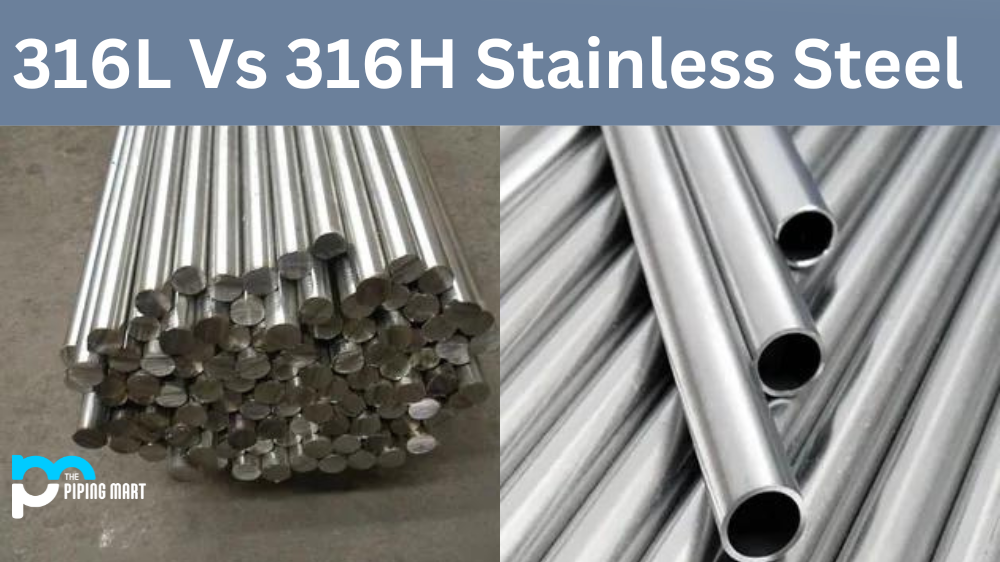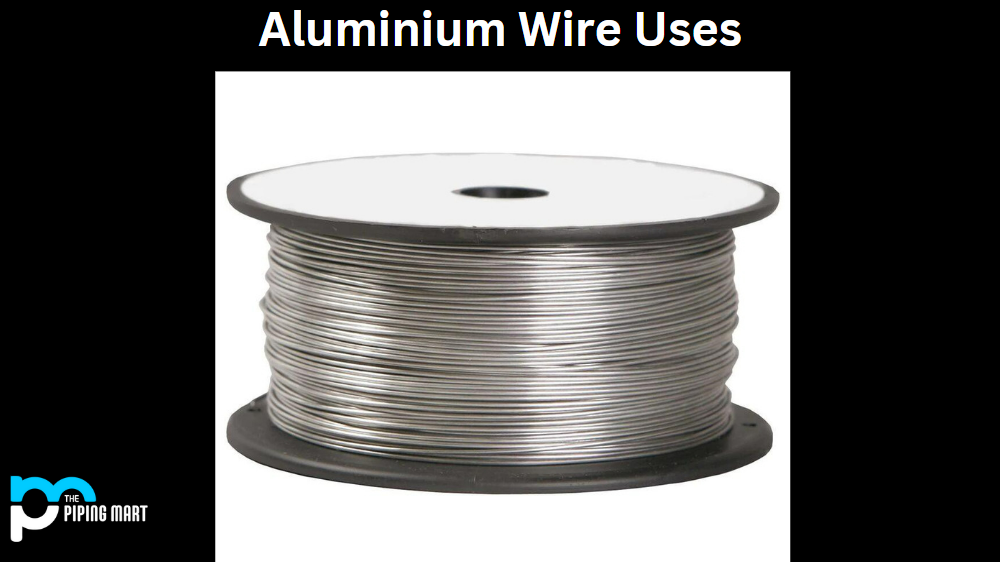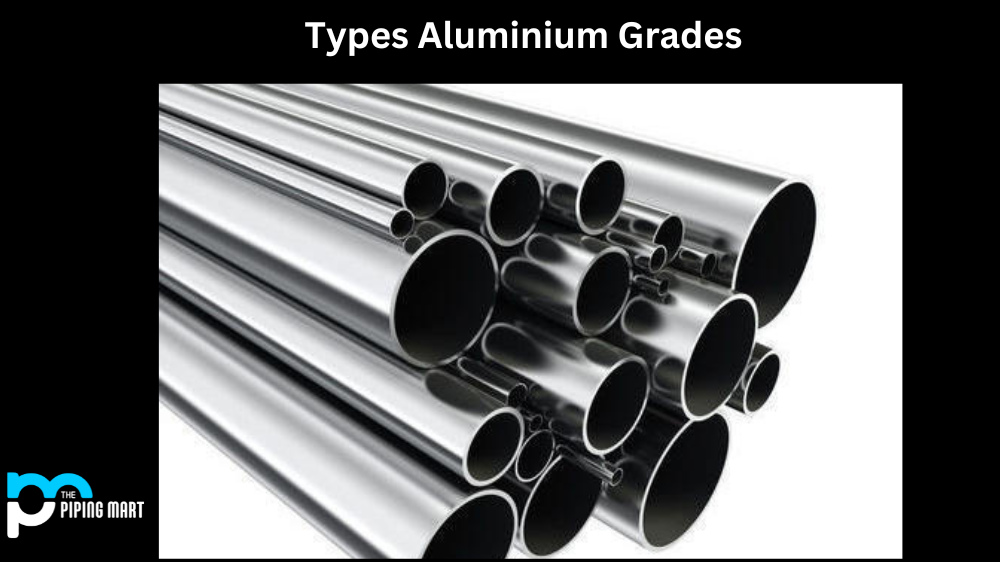The two most common types of brass alloys are Muntz metal and naval brass. Although both are made from a combination of copper and zinc, they have different properties that make them suitable for different applications. In this blog post, we’ll compare Muntz metal and naval brass in their composition, properties, and uses.
Muntz Metal Composition
Muntz metal is an alloy of 60% copper and 40% zinc. This combination gives it a higher strength than other copper alloys but also makes it more susceptible to corrosion than those with a lower zinc content. It is also malleable and can be easily formed into various shapes.
Naval Brass Composition
Naval brass is composed of 60% copper, 39% zinc, and 1% tin. The tin content makes it highly resistant to corrosion compared to Muntz metal. It is also much harder than Muntz metal, making it ideal for durability applications. Additionally, naval brass has better machinability than other brasses due to its low melting point.
Uses
Muntz metal is primarily used in marine applications due to its high strength-to-weight ratio and resistance to seawater corrosion. It is commonly used for boat fittings such as propellers and hulls because it does not corrode quickly in salty water environments like other metals. Naval brass is often used for industrial applications such as valves, pumps, bearings, gears, electrical components, fixtures, fasteners, and other hardware items due to its excellent resistance to corrosion from many chemicals and ability to withstand high temperatures without warping or cracking.
Other Differences
- Muntz metal is an alloy of 60% copper and 40% zinc, while naval brass is an alloy of 70% copper and 30% zinc.
- Muntz metal is harder and stronger than naval brass, making it more resistant to wear and tear.
- Muntz metal is more corrosion resistant than naval brass, making it ideal for use in saltwater environments.
- Naval brass is more malleable than Muntz metal, making it easier to work with.
- Muntz metal is less expensive than naval brass, making it a more budget-friendly option.
Conclusion:
Muntz metal and naval brass are strong alloys composed of copper and zinc that can be used for various purposes depending on their respective compositions and properties. Muntz metal is especially well suited for marine applications due to its high strength-to-weight ratio, while naval brass has superior corrosion resistance, which makes it ideal for industrial use cases such as valves or electrical components. Ultimately the choice between these two materials will depend on the specific application you are trying to achieve, so make sure you consider the composition, properties, cost-effectiveness, and environmental considerations when deciding which material will best suit your needs!

Pipingmart is B2B portal specializes in industrial, metal and piping products. Also, share latest information and news related to products, materials and different types grades to help business dealing in this industry.




